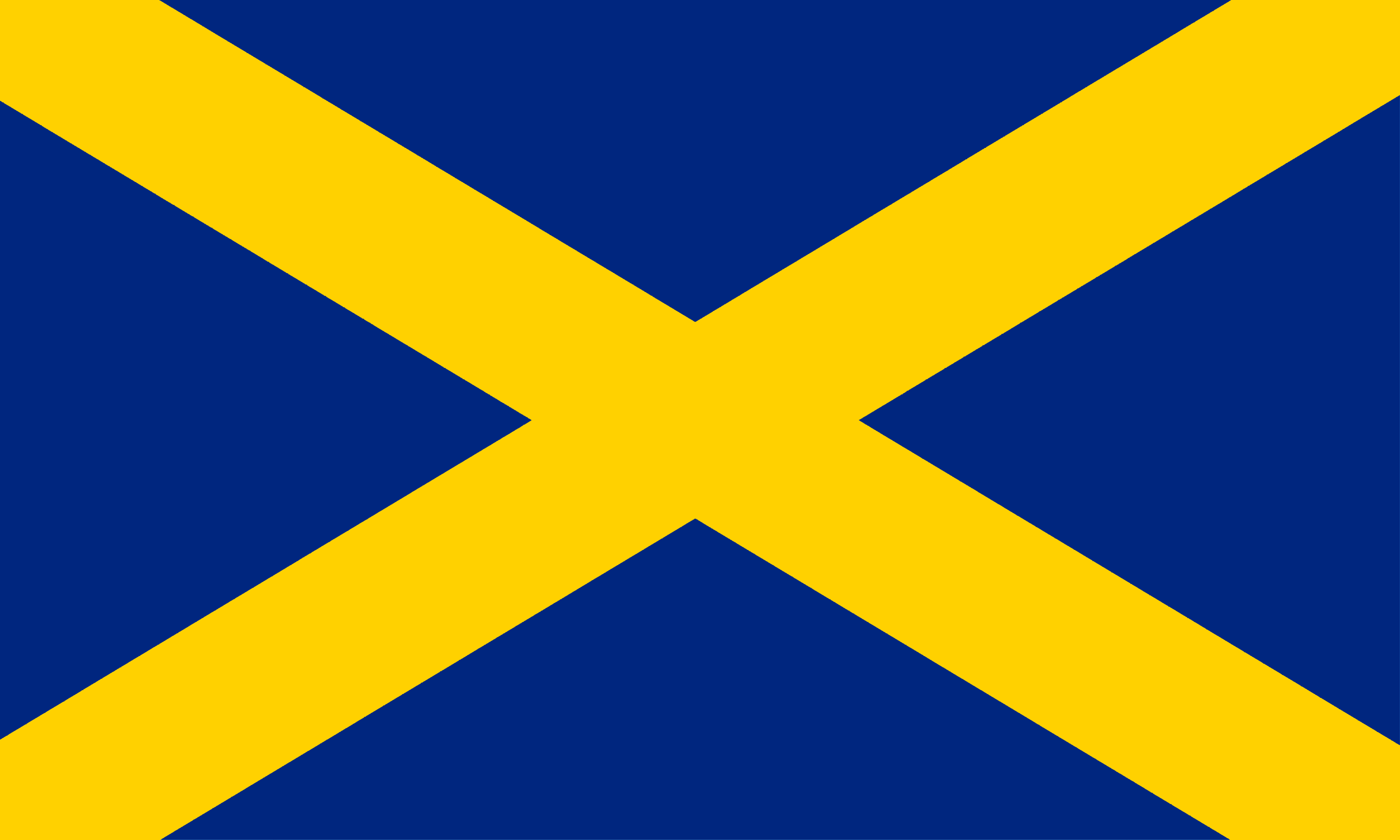| Flag Type: | Provincial Flag |
|---|---|
| Flag Date: | C8th-C17th |
| Flag Designer: | Traditional |
| Adoption Route: | Traditional |
| Aspect Ratio: | 3:5 |
| Pantone® Colours: | Blue 280, Yellow 109 |
| Certification: | Flag Institute Chief Vexillologist, Graham Bartram |
| Notes: | The Mercia Flag is a community flag proclaiming the unique identity of this historic region. Mercia was one of the most powerful kingdoms of Anglo-Saxon England. Its territory extended over the modern English Midlands and the term ‘mercii’ continued to describe men of that region. In 1387, for example the cleric and translator John Trevisa (c. 1342–1402) wrote of the ‘Mercii, that beeth men of myddel Engelond’. The gold saltire on blue represents the area in the maps of John Speed (1552—1629). Medieval heralds probably attributed these arms, which reference St Alban (d. 305 CE), the first British martyr. St Albans, the Hertfordshire town named after him, also uses the saltire. In The Romance of Heraldry (1929), C.W. Scott-Giles argues that the saltire was a Mercian symbol adopted by St Albans after King Offa of Mercia dedicated a monastery there to the saint in 793 CE. More definitely, the first documented evidence for its use by the town comes a couple of decades after it appeared representing Mercia on John Speed’s map. Tamworth Castle, in the historic capital of Mercia, continues to fly the flag every day. Its flag uses a darker blue than that flown by St Albans, which helps to differentiate between them. The Mercia Flag registered here uses this darker shade of blue. |
Flag Institute Tweets
The vexillological signal that Christmas is about to begin! 🚩
Our friends @TheHeraldrySoc have talked to the Flag Institute's own Communities Vexillologist about how he got into flags and how that led to the world of heraldry and huge state ceremonies
If you’ve enjoyed our flag mischief here over the years, you may want to join us on BlueSky ✌️ https://bsky.app/profile/flaginstitute.bsky.social
How to Contact Us
The Flag Institute
84 Norwood Grove
Beverley
East Riding of Yorkshire
HU17 9HS
United Kingdom
NOTE: THIS MAILBOX IS NOT STAFFED FULL TIME
PLEASE USE EMAIL FOR ANY URGENT ENQUIRY
Memberships
The Flag Institute is an adviser to the All-Party Parliamentary Group on British Heritage.
The Flag Institute is an active member of FIAV (Fédération internationale des associations vexillologiques).

© 2025 The Flag Institute. All Rights Reserved.
Registered as an incorporated Charity (CIO) in England and Wales (No. 1152496)

